![]() The information provided by our expert should not constitute a diagnosis of your condition. Always consult a medical practitioner or healthcare provider for a formal diagnosis. By making use of this content, you agree that ConceiveEasy and the expert assume no liability.
The information provided by our expert should not constitute a diagnosis of your condition. Always consult a medical practitioner or healthcare provider for a formal diagnosis. By making use of this content, you agree that ConceiveEasy and the expert assume no liability.
1. Buy a basal body thermometer
2. Get some graph paper or set up a fertility app
3. On Day 1 of your cycle, take your temperature before getting out of bed
4. Plot your temperature on the graph
5. Rinse and repeat for entire cycle
6. Remember to always take temp first thing, same time every morning
7. A slight spike in temp indicates ovulation
8. If temps stay high, you are pregnant
9. If temps dip, you will be getting your period.

Why on earth should I track my BBT?
When a woman is trying to conceive, it is super important to know when she is ovulating and when her fertile days are. This is because when it comes down to the science of things, believe it or not, there are only a few short days during each month when a woman can actually get pregnant! Claim Your 20 Free Pregnancy Tests – Click Here
This is because once the matured egg is released from the ovary, it travels down the fallopian tube to where it will wait for fertilization to happen (or not). Once the egg is released, it only lives for about 12 to 24 hours.
After that period of time, the egg begins to disintegrate and die. This means, there is only a very short period of time in which a woman can get pregnant. This is why it is so very important for women to track their ovulation and to know without a shadow of a doubt when their fertile days are.
This way, women can actually time sex accordingly and by doing so, greatly improve their chances of getting pregnant quickly.
Sometimes, the difference between actually getting pregnant and struggling to get pregnant is all in tracking ovulation and the effort that a woman puts in when it comes to really getting to know her body.

There are so many ways for women to keep up with their fertility and know when their fertile days are. These are the most common ways to track your ovulation:
• Fertility Apps
• Check Cervical Mucus
• Check Cervical Position
• Ovulation Predictor Kits
• Chart your BBT
For example, women can download fertility apps to their smartphones and can use these apps to keep track of when they are ovulating. These apps work off of information entered into their smartphones, such as the first day of a woman’s period, length of period, positive ovulation tests, etc.
Other ways to track ovulation include women learning how to check cervical position and cervical mucus, which are both the body’s natural ways to indicate that ovulation is getting closer.

Over the counter ovulation tests, which work much like at home pregnancy tests, can help to determine when a woman is getting closer. This is because these ovulation tests are able to pick up the LH surge in the body. The LH surge is the surge of Luteinizing Hormone in the body, which indicates that ovulation will be coming soon, usually within 24 hours.
This is why the LH surge is used to help women with tracking their ovulation day and figuring out when their most fertile days are going to be.

This is where Basal Body Temperature comes into play. Basal body temperature is the temperature of the body at rest, before a woman even gets out of bed in the morning.
A woman’s basal body temperature can be measured by using a special basal body thermometer, which can be purchased at any local drug store, big box store, or even online. They might run around $10-$20 (or you can get one as a free bonus gift with your ConceiveEasy TTC Kit).
These basal body thermometers measure temperatures to a very detailed degree, much more detailed than other thermometers. They are inexpensive, and charting a woman’s basal body temperature is a very low tech and easy to process way for women to learn about their own fertility and try to figure out their most fertile days.
Keep reading for some tips about charting basal body temperature, how to get started and the best practices to ensure accurate and positive results.

To get started with charting basal body temperature, women need to get a thermometer and start taking their temperature each and every day before they even get out of bed in the morning.
This is because basal body temperature must be measured by the temperature of the body at rest in order to ensure the most accurate results. To get the most accurate results from charting basal body temperature, women need to begin taking their temperature every single day, first thing in the morning.
Take your temp before you get out of bed to pee, before you get out of bed to move around, after at least 3-5 hours of solid sleep.
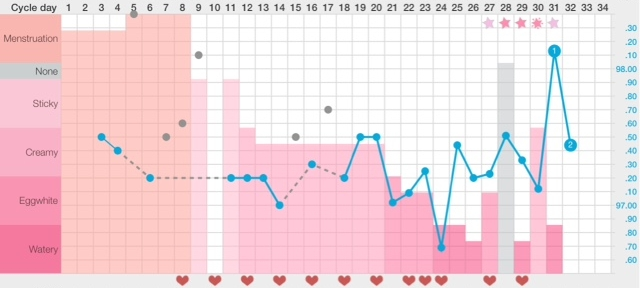
Each day, the temperature reading should be written down and plotted on a tracking chart for basal body temperature. It will usually take about a month or so, but after a certain amount of time, women should begin to notice a pattern when it comes to themselves and basal body temperature.
Each month, when a woman’s body begins to approach ovulation, she should be able to notice a small spike in temperature.
This small spike in temperature is usually only a few fractions of a degree, but it is enough to definitely notice a change on a temperature chart. After charting for a longer period of time, women will be able to really be aware of their ovulation cycles, and they will usually be able to pinpoint on a calendar the dates that ovulation should occur.

After a few months of consistent temperature charting, women should be able to note the part of her cycle where the temperature spike comes into play.
Once that temperature spike is noted, it is usually within the next 24 hours that ovulation will occur.

This is the time that couples should plan to have sex right after the temperature spike has been noticed. Couples can also plan to have sex a few days before the expected ovulation date. The reason for this is because while the egg only lives for around 24 hours, sperm can actually live for up to 72 hours in the human body.
What does this mean? This actually means that if couples have sex in the days leading up to ovulation day, the sperm can actually be there, ready and waiting for the egg to be released. This is a way to really greatly increase the chances of a woman getting pregnant.
The Whelan technique theorizes if you only time sex to 2-3 days before ovulation, you are more likely to conceive a girl!

For couples to greatly increase their chances of getting pregnant, there are several things that can be done. First of all, tracking basal body temperature is a great way to improve the chances of having sex at the right time, near ovulation.
However, experts say that if couples combine the tracking of basal body temperature along with other methods of fertility tracking shown above, it will improve their chances even more.
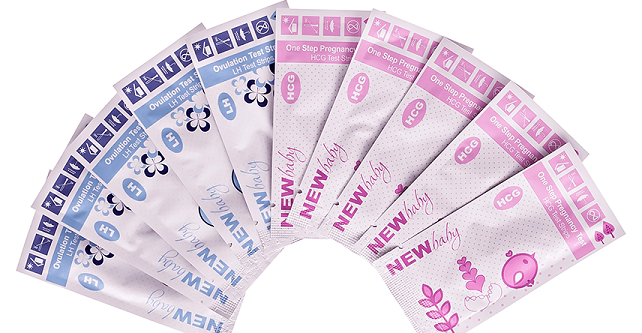
The most common method to combine with basal body temperature charting is using ovulation predictor kit tests.
These tests are so simple to use, and they are also inexpensive. These tests are available online or at almost all stores, and when used in combination with basal body temperature charting, it can really help to pinpoint the days when a woman is likely to get pregnant. Using ovulation predictor tests in conjunction with charting basal body temperature is a great way for women to get a more accurate reading of their fertile days.

Charting basal body temperature is a great way for women who are just starting out to get a handle on their ovulation days and to give them an idea of when the best time to have sex is.
However, there are a few things that should be remembered when it comes to charting basal body temperature. First of all, women should know that they can simply write their temperatures down and chart their temperature themselves but there are also other ways as well.
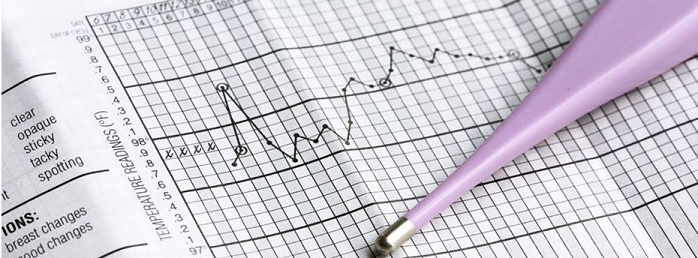
Women who are trying to trying to learn how to chart their basal body temperature, should also know that they can purchase a paper chart to chart their temperatures, but there are also lots of different free fertility charting apps out there that women can use to chart their daily temperatures for them.
These free charting apps will take a woman’s daily temperature and plot the results on a graph for her and can even give her tips and advice on when her most fertile days seem to be, according to the results.

Women who are trying to get started with charting their basal body temperature should also remember that it is really very important to take the temperature at the same time every single day. This is to ensure an accurate result.
This is because women’s temperatures fluctuate so much during the course of a day, and it is very important to remember to try to get as accurate of a result as possible. It is such a good idea for women to remember to take their temperature at the same time every day, since temps can go up and down so much.

Most experts suggest that women don’t go more than 30 minutes every day either earlier or later to ensure the best results when temperature charting.
Even if this means setting an alarm to ensure that women take temperatures at the same time, it is very important to do this. This ensures accurate readings and accurate results so that women have the best chance of being able to pinpoint their most fertile days.

One really important thing that women need to remember when they are just starting out with charting their basal body temperature is that it is impossible for women to receive results right away. It will take at least one full month for women to finish one single cycle.
However, experts say that women will not usually see full results until at least two or three months have passed. Once two or three months have passed, women should be able to easily see the date of the upcoming temperature spike, and that way, can plan sex accordingly.
![]()
It is really important for women to look for patterns when it comes to charting their basal body temperature. The patterns are the keys to knowing when ovulation occurs and when a woman’s most fertile days are.
Failing to pay attention to the patterns of her cycle will really hurt a woman’s chances of becoming pregnant quickly and easily.

Some women might try temperature charting only to notice that they do not have a certain temperature spike. This could potentially indicate that a woman is not ovulating properly.
If your temps stay up, you could be pregnant!
Similarly, if a woman has been tracking basal body temperature for quite awhile and notices that her temperature is staying up, it could potentially indicate pregnancy, so women should definitely keep an eye out for that, and should take a pregnancy test if they do not see their temperature return to normal after the spike.
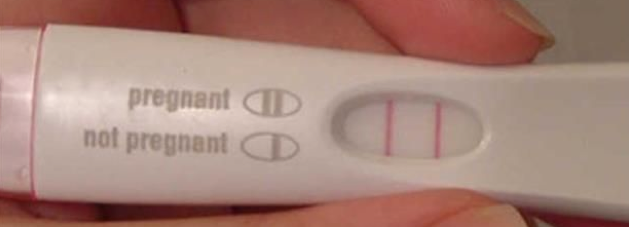
It is also important to remember that a woman’s average basal body temperature is between 97.0 and 97.7 before ovulation and between 97.7 and 99.0 after ovulation.
If women notice that their basal body temperature is way off from the averages, that is probably a good reason to make a doctor’s appointment to check everything out. Basal body temperatures that are way off from the averages can actually indicate a potential thyroid problem, so women should be on the lookout for those types of problems as well.
If there is reason to suspect a problem such as this, women should check with their doctors in order to ensure they are at their optimal healthy levels.

It’s important to remember that charting basal body temperature is a great way to keep track of ovulation for women who are just starting out, and also for more experienced fertility trackers as well.
Women should also remember that if they are taking their basal body temperature daily and they do see that their temperatures are going up and down, up and down, it could indicate a problem with the tracking method.
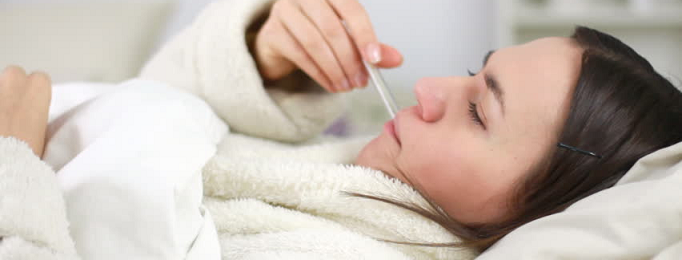
Women who take their temperatures orally and then happen to sleep with an open mouth, can sometimes have irregular temperatures as a result. If this occurs, women should try to switch to taking their temperatures rectally or vaginally. If women still see irregular temperatures as a result, it might be a good idea to see a doctor, since this can indicate that a woman might not be ovulating properly.
There are so many reasons that this could be happening, it is hard to pinpoint exactly what the issue could be. However, if a woman suspects that she might not be ovulating properly, she should seek a doctor’s advice. Many times, women can actually get their ovulation back on track pretty easily, so they shouldn’t be alarmed.
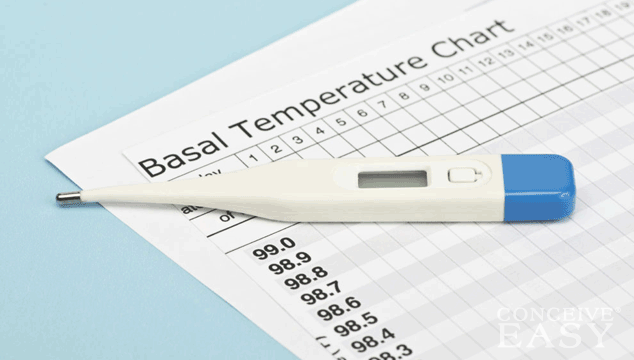
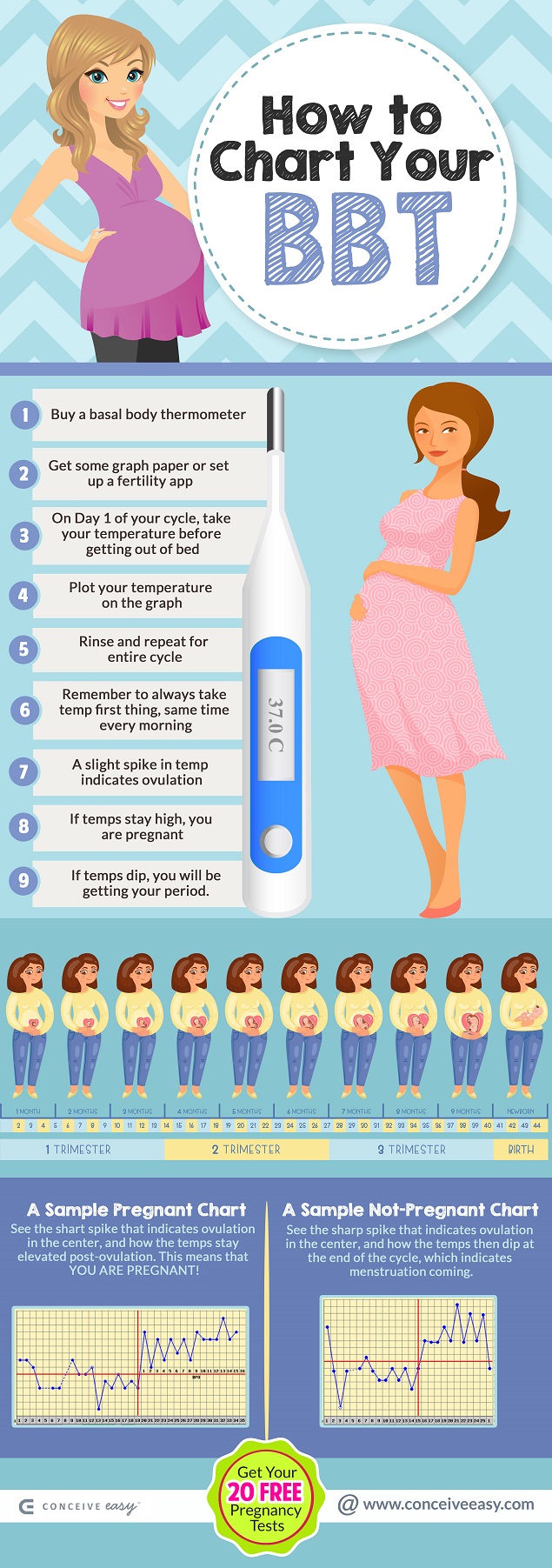




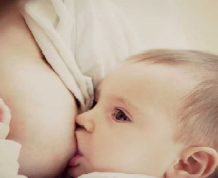





Comments